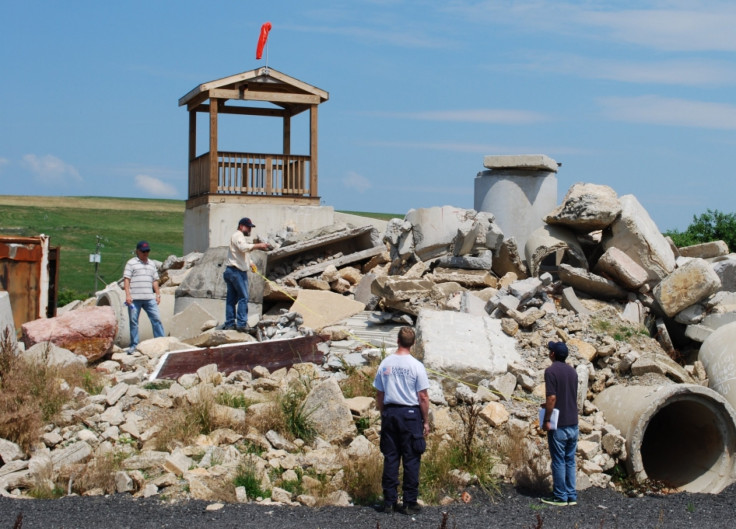Scientists Develop New Radar-Based Technology, FINDER, Which Can Detect Heartbeats Under Rubble

Scientists at the Department of Homeland Security's, or DHS, Science and Technology Directorate in Washington, and NASA's Jet Propulsion Laboratory, or JPL, in Pasadena, Calif., have developed a new radar-based technology that can detect heartbeats of survivors trapped under wreckage and debris.
Scientists claimed that the new technology, named Finding Individuals for Disaster and Emergency Response, or FINDER, can detect heartbeats buried beneath 30 feet of crushed material, behind 20 feet of solid concrete and from a distance of 100 feet in open space.
“Testing proved successful in locating a task force member buried in 30 feet of mixed concrete, rebar and gravel rubble from a distance of over 30 feet,” John Price of DHS said in a statement. “This capability will complement the current urban search and rescue tools such as canines, listening devices and video cameras to detect the presence of living victims in rubble.”
According to Edward Chow, program manager at JPL, while debris from disasters cause radar signals from FINDER to bounce back irregularly making it difficult to decipher the signals, JPL’s advanced data-processing systems help isolate the relatively weak signal of a heartbeat.
JPL uses microwave radar technology, which is sensitive enough to distinguish the unique signature of a human's breathing pattern and heartbeat from that of other living creatures, such as rats. The technology is so sensitive that victims, whether conscious or not, can easily be detected, helping rescuers decide early about the most efficient course of action.
"It is anticipated that a commercialized technology could be ready for search and rescue operations as early as spring 2014," Price said.
According to the developers, the searching device using the FINDER technology has a lightweight sensing module, which uses a USB interface to integrate an antenna, radar electronics and digital processing, and has a battery life of up to 14 hours.
Scientists said that future phases of development of the technology will focus on a more specific locator function, which will help determine exactly where the victim is located in the rubble.
© Copyright IBTimes 2024. All rights reserved.












